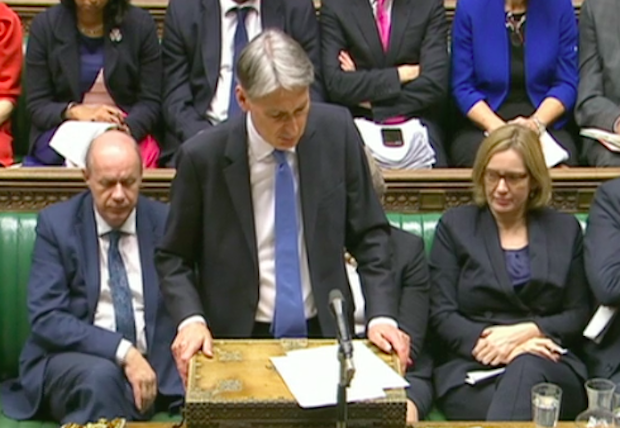After months of Tory nerves, Philip Hammond has just finished presenting his Autumn Budget in the Chamber. Among the main giveaways, the Chancellor announced more funding for the NHS as well as pitching to the young with his housing proposals and 18-30 railcard. He also announced measures to ease out the rollout of Universal Credit – including a one week reduction to the wait time.
However, although the Chancellor was at pains to sound optimistic and shake off his Eeyore image, this was made difficult thanks to some grim statistics from the OBR. The OBR has revised down its forecast for annual growth quite significantly – lower than envisaged after the Brexit vote. It’s the weakest official long term forecast for UK economic growth since at least 1983.

Here are five key take-aways:
- The Chancellor’s Budget rabbit could turn out a damp squib
Under pressure to do something radical to solve the housing crisis, Hammond did muster £44bn of capital funding, loans and grants to solve the growing problem over the next five years – promising 300,000 new homes a year by mid-2020.

Get Britain's best politics newsletters
Register to get The Spectator's insight and opinion straight to your inbox. You can then read two free articles each week.
Already a subscriber? Log in








Comments
Join the debate for just £1 a month
Be part of the conversation with other Spectator readers by getting your first three months for £3.
UNLOCK ACCESS Just £1 a monthAlready a subscriber? Log in